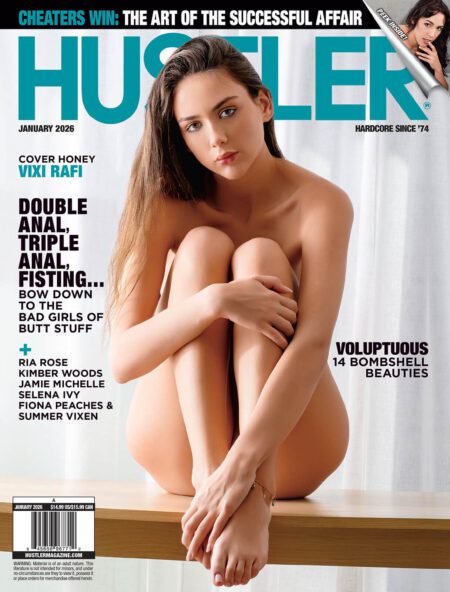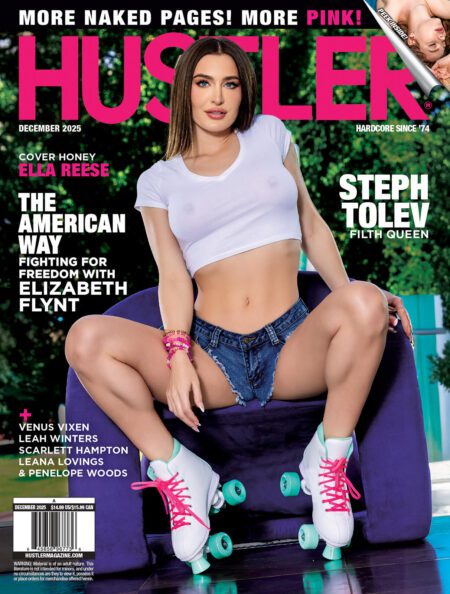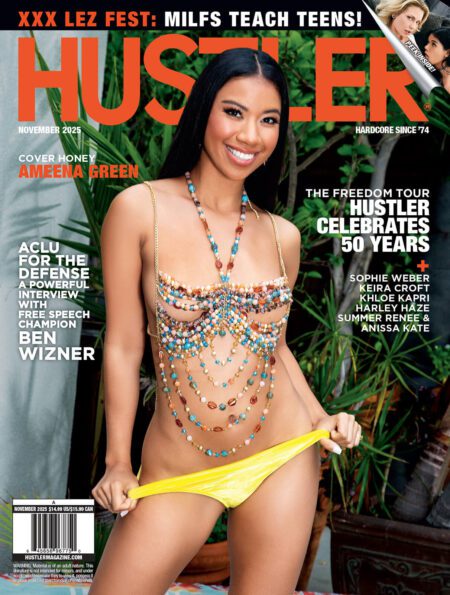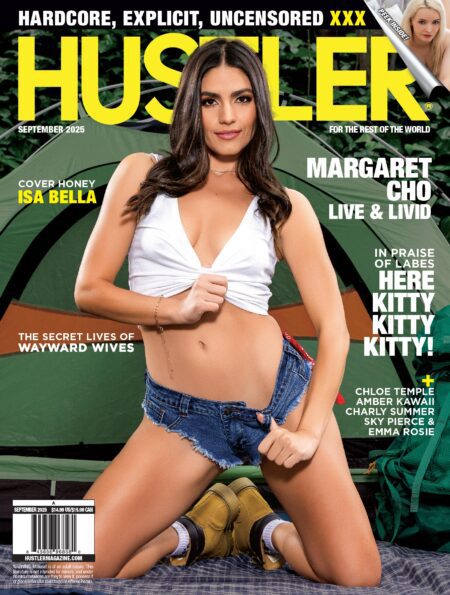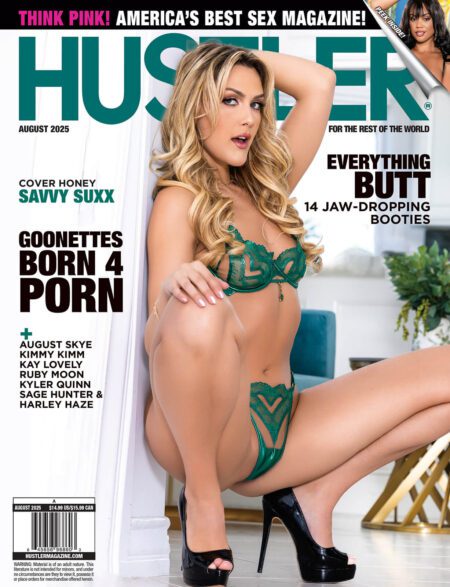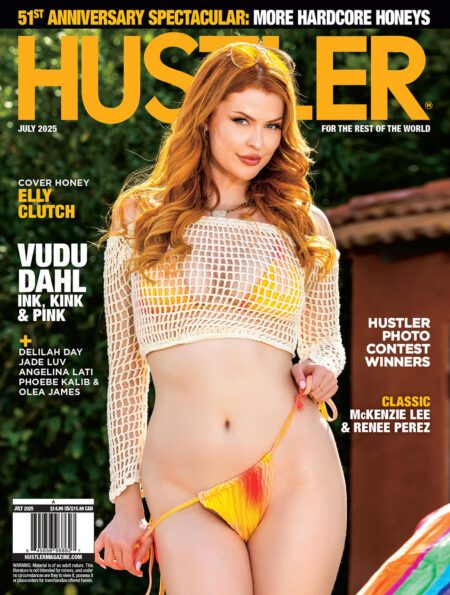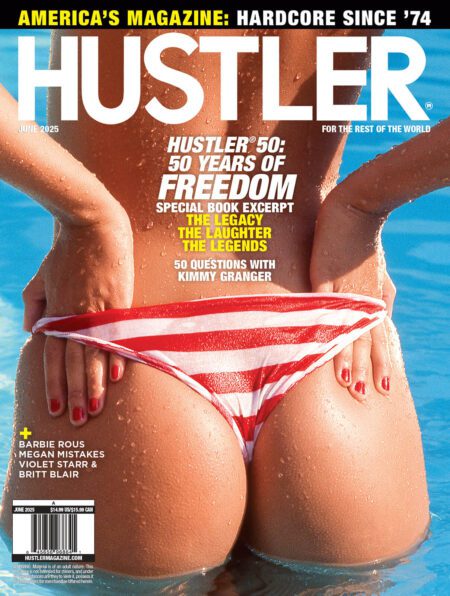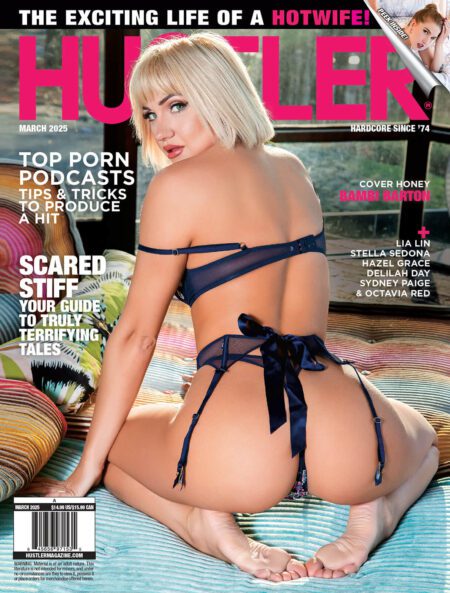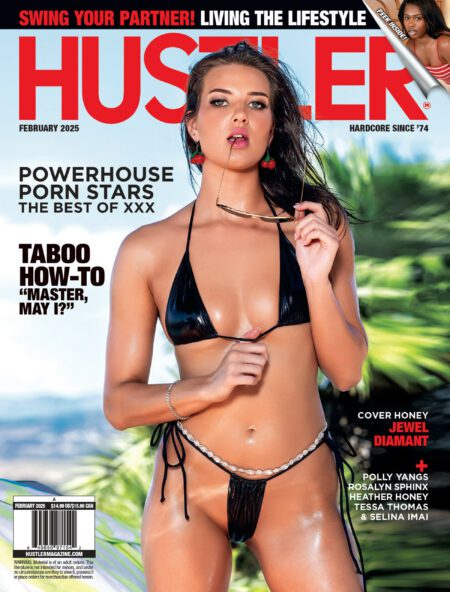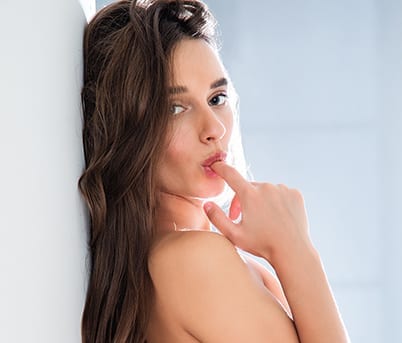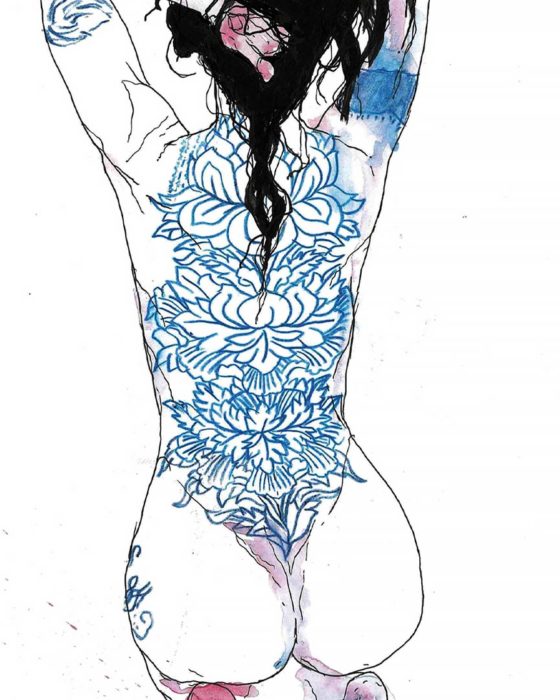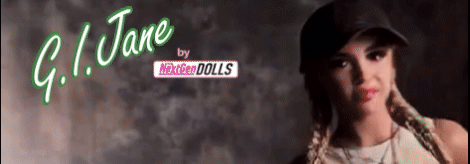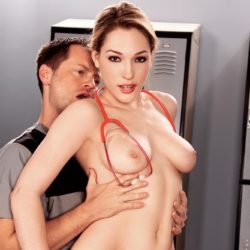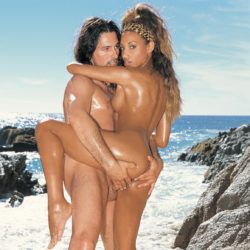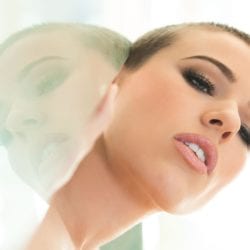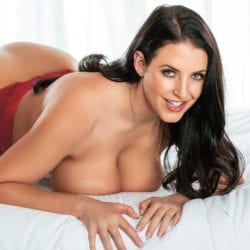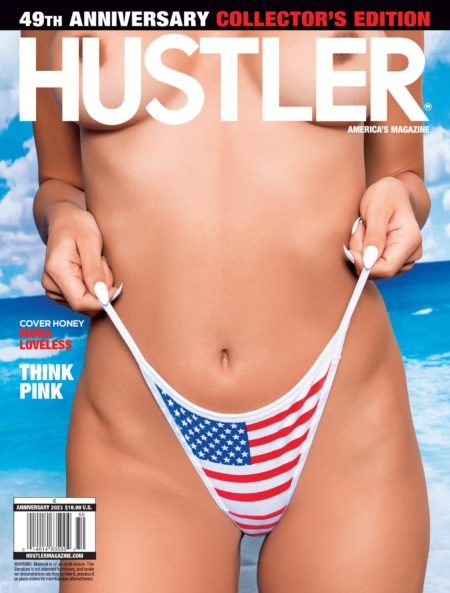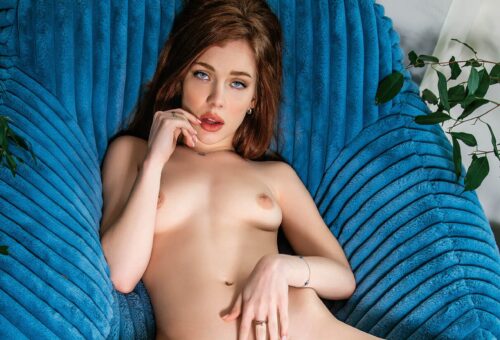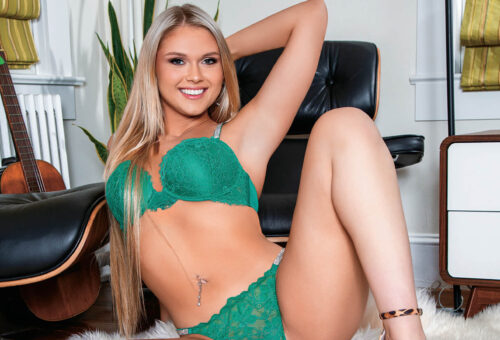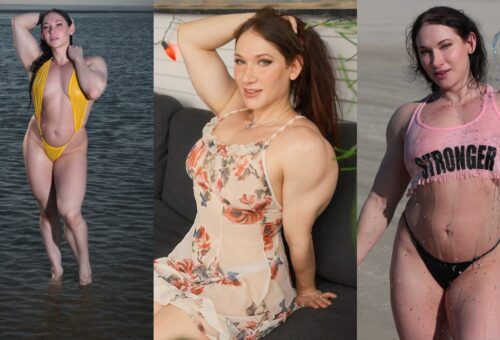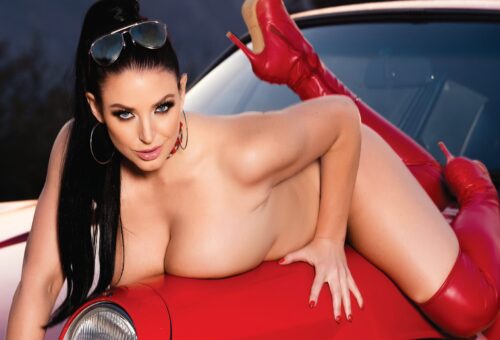The targeted color bursts that punctuate Bael’s stark celebrations of nontraditional beauty telegraph both Patrick Nagel and Egon Schiele while inviting a deeper discussion that is anything but black and white.
HUSTLER: What kind of art training do you have, and at what point did you know that this was something you wanted to pursue?
BAEL: Growing up, I never had any doubt in my mind that art was going to be a major part of my life. I briefly attended art college when I left school at 16, but I was frequently absent and was eventually asked to leave. The main reason being that there wasn’t a single tutor/teacher at my art college that possessed any artistic skill that I aspired to. I went into art education to be taught technique, but that wasn’t the case at all, so I taught myself.
My feeling at the time was that I was being taught art theory, rather than art application. I had so many questions about how a work of art is created, how materials like oil paint, ink and watercolor were used by the artists I loved. But that was never explained or studied, in my experience. I wanted to grasp how a figure/object/environment was depicted to evoke the kinds of ideas I had, but it was something that I was expected to find on my own, without guidance or instruction. I’m sure I drove my tutors crazy with all the techniques I wanted to know at such a young age.
Do you feel that we have entered the era in which one-on-one apprenticeships and independent study are proving more cost-effective than formalized education in the arts?
I never made it to university to study art, so maybe those questions would have been addressed eventually, but I was so impatient that I broke away from what I was being taught and pursued my own interests. I simply ignored my classes and went down my own path.

Who are your biggest influences?


